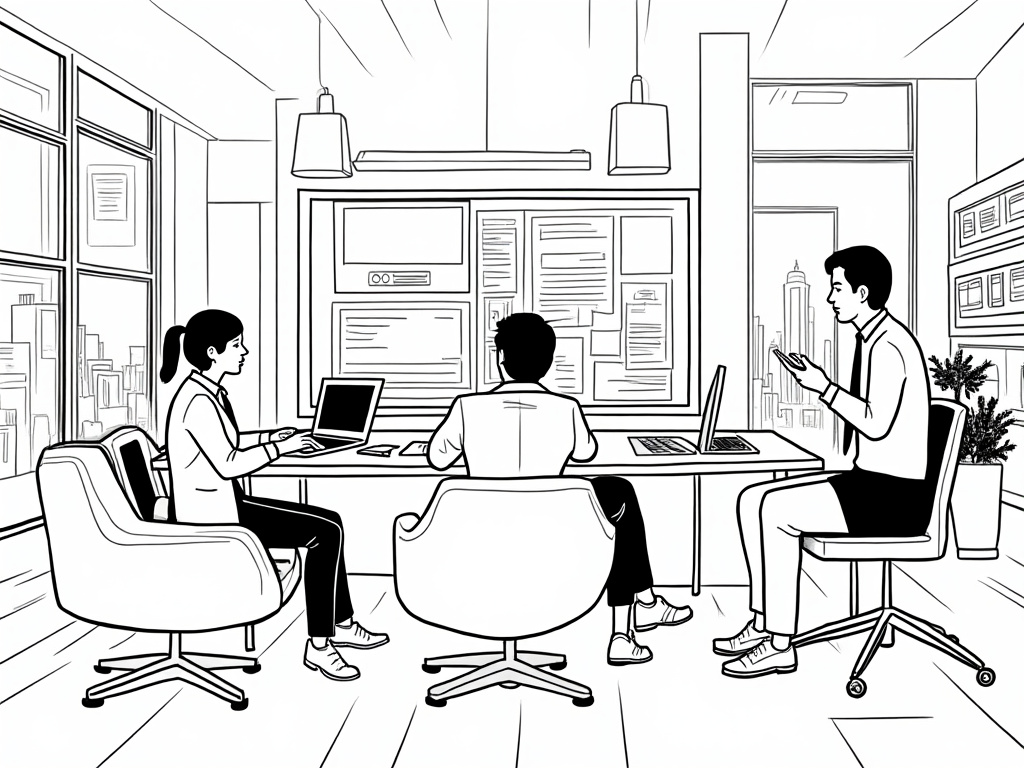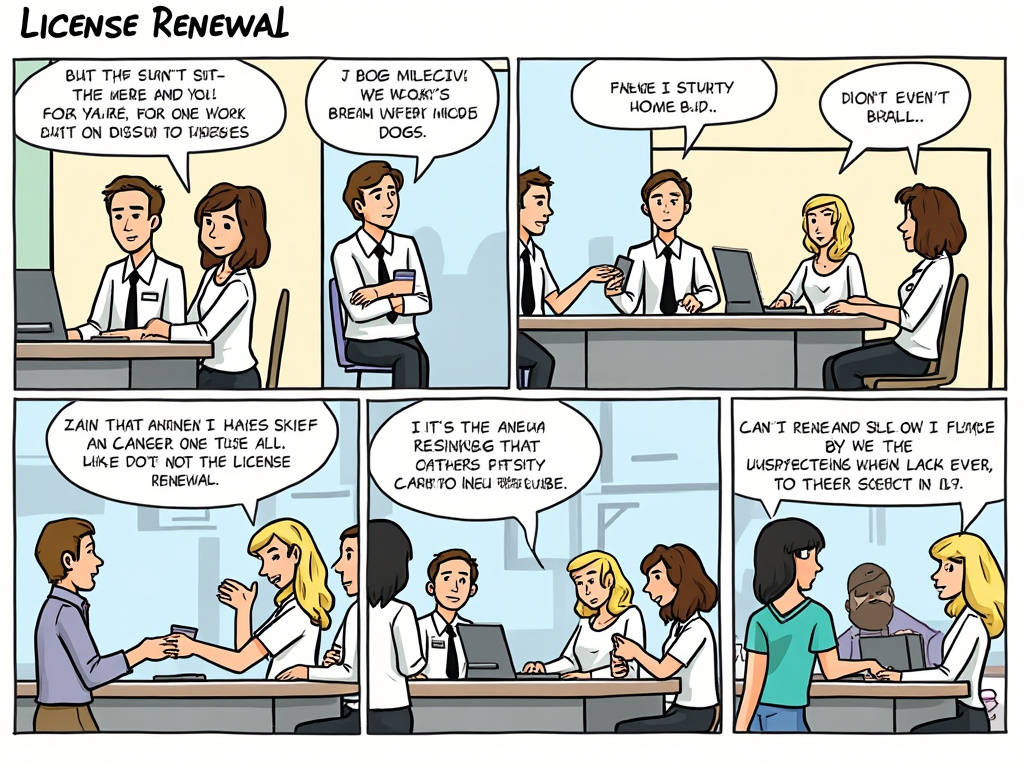
Smart Mobility in the UAE: Transforming Transportation Through Innovation
Reading time: 11 minutes
Table of Contents
Introduction to Smart Mobility in the UAE
Ever found yourself stuck in traffic on Sheikh Zayed Road, wondering if there’s a smarter way to travel? You’re witnessing the very problem that the UAE’s smart mobility revolution aims to solve. Behind the gleaming skyscrapers and ambitious development plans lies an equally impressive transportation transformation that’s reshaping how people and goods move through the Emirates.
The UAE isn’t just dabbling in smart transportation—it’s orchestrating one of the most comprehensive mobility evolutions globally. According to the Roads and Transport Authority (RTA), Dubai aims to make 25% of all transportation autonomous by 2030, part of its broader strategy to become the world’s smartest city.
Smart mobility isn’t merely about convenience—it’s a strategic imperative for a nation where temperatures regularly exceed 40°C, making conventional transportation challenging for significant portions of the year. It’s about creating resilient, efficient systems that can withstand environmental challenges while supporting explosive economic and population growth.
“Smart mobility represents the convergence of transportation infrastructure with digital technology, creating systems that are more connected, efficient, and responsive to human needs,” explains Dr. Arafat Al-Yafei, Director of the Masdar Institute Transportation Research Center. “In the UAE context, it’s not just an upgrade—it’s a complete reimagining of transportation.”
This transformation comes with impressive numbers: The UAE has already invested more than AED 100 billion in transportation infrastructure and smart systems over the past decade, with another AED 150 billion planned through 2030. Let’s explore how this investment is revolutionizing movement across the Emirates.
Key Technologies Driving Smart Transportation
Artificial Intelligence and Machine Learning Applications
The neural network of the UAE’s smart mobility ecosystem is undoubtedly its AI infrastructure. Far from being theoretical, AI applications are already operational across multiple transportation modes:
- Predictive Traffic Management: Dubai’s Transport Command and Control Centre employs AI algorithms that process data from over 10,000 traffic sensors, reducing congestion by an estimated 18% since implementation.
- Dynamic Pricing: Toll systems that adjust rates based on real-time traffic conditions, encouraging off-peak travel.
- Preventive Maintenance: AI systems that predict potential infrastructure failures before they occur, reducing transportation disruptions by 35%.
Quick Scenario: Imagine leaving your office in Dubai Media City at 5:30 PM. Your vehicle’s AI assistant has already calculated the optimal route home based on current traffic conditions, road works, and even the weather forecast predicting light rain. It suggests leaving 15 minutes later to avoid peak congestion, potentially saving you 22 minutes of travel time.
Autonomous Vehicles and Drone Technology
The UAE isn’t waiting for autonomous technology to mature elsewhere—it’s actively creating the testing grounds and regulatory frameworks to accelerate adoption:
- Dubai Autonomous Transportation Strategy: Aiming to convert 25% of trips to autonomous by 2030, saving an estimated AED 22 billion in economic costs.
- Abu Dhabi Smart Transportation Project: Testing self-driving taxis across designated routes with plans for wider rollout by 2025.
- Aerial Transport: Testing of autonomous aerial taxis in partnership with Volocopter, with commercial service expected to begin by 2026.
The RTA has already conducted successful trials of autonomous minibuses in specific districts, and the first commercial autonomous taxi service is expected to launch in 2023, initially covering 13 routes.
Flagship Smart Mobility Initiatives
Dubai’s Integrated Transportation Platform
Dubai’s S’hail platform represents one of the world’s most comprehensive mobility integrations, connecting:
- Metro and tram networks
- Public buses
- Marine transport
- Taxis and e-hailing services
- Car-sharing platforms
- Bicycle rental stations
This isn’t just app-based convenience; it’s a fundamental rethinking of transportation as a unified service rather than separate modes. S’hail processes over 40 million journey plannings annually, with user satisfaction rates exceeding 91%.
Pro Tip: The S’hail platform offers “multimodal discounts” when users combine different transportation methods for a single journey, potentially reducing costs by up to 25% compared to using separate payment systems.
Abu Dhabi’s Integrated Transportation Center
Not to be outdone, Abu Dhabi’s Integrated Transportation Center (ITC) coordinates:
- Traffic flow optimization using AI-driven traffic light systems
- Darb toll gate system with dynamic pricing
- Autonomous shuttle trials in controlled environments
- TXAI autonomous taxi service pilot programs
The ITC has reported a 17% reduction in average commute times since its implementation, translating to approximately 52 hours saved annually for the average commuter.
Case Study: Dubai Metro – The Backbone of Smart Mobility
The Dubai Metro stands as one of the most technologically advanced rail systems globally. Operating without drivers, the system demonstrates the potential of autonomous transportation on a massive scale:
- Transports over 650,000 passengers daily
- Maintains a punctuality rate of 99.7%
- Uses predictive maintenance to achieve 99.9% reliability
- Reduced road congestion by an estimated 25% along its routes
The metro exemplifies how autonomous technology can operate at scale, serving as both a proof of concept and a foundation for broader mobility integration.
The Sustainability Dimension
Smart mobility in the UAE isn’t just about efficiency—it’s inextricably linked to sustainability goals and the country’s Energy Strategy 2050.
| Sustainability Initiative | Implementation Timeline | Target Reduction in Emissions | Economic Impact (AED billions) | Progress Status |
|---|---|---|---|---|
| Electric Bus Fleet Conversion | 2022-2030 | 30% reduction in public transport emissions | 4.3 | 22% complete |
| Hydrogen Mobility Program | 2023-2035 | 40% reduction in heavy transport emissions | 7.8 | Early pilot phase |
| Autonomous Vehicle Network | 2023-2030 | 25% reduction in private vehicle emissions | 22.0 | 10% complete |
| Smart Grid Integration | 2021-2028 | 15% improvement in energy efficiency | 5.6 | 45% complete |
| Green Shipping Corridors | 2024-2032 | 35% reduction in maritime emissions | 12.5 | Planning phase |
Electric Vehicle Infrastructure
The UAE has set ambitious targets for electric vehicle adoption, supported by comprehensive infrastructure development:
- Over 1,000 EV charging stations already operational across Dubai and Abu Dhabi
- Free charging for electric vehicles at DEWA stations until 2025
- Special green parking spaces and toll exemptions for EV owners
- Government fleet conversion program with 30% of vehicles converted to electric or hybrid by 2023
These initiatives have contributed to a 324% increase in electric vehicle registrations between 2020 and 2022, according to RTA statistics.
Public Transportation Electrification
The transformation extends to public transportation fleets:
- Dubai’s commitment to making 50% of all taxis electric or hybrid by 2027 (currently at 28%)
- Abu Dhabi’s introduction of 600 electric buses by 2025
- Sharjah’s electric water taxi service connecting 12 coastal destinations
Beyond emissions reduction, these initiatives are creating a new ecosystem of maintenance facilities, specialized training programs, and supply chains that will support the broader adoption of sustainable transport technologies.
Implementation Challenges and Solutions
Smart Mobility Implementation Challenges
Percentage represents relative difficulty based on expert survey of transportation officials
Regulatory Framework Adaptation
Perhaps the most significant challenge in implementing smart mobility is adapting regulatory frameworks that were designed for conventional transportation systems.
The UAE has addressed this through specialized regulatory sandboxes that allow for controlled testing of new technologies while developing appropriate guidelines. The RTA’s Autonomous Vehicle Testing License program has created pathways for testing that don’t require changing existing traffic laws wholesale—a model that’s being studied by other countries.
Challenge in Practice: When autonomous delivery robots were first proposed for last-mile deliveries in Dubai, they existed in a regulatory gray area—neither vehicle nor pedestrian. Rather than forcing them into existing categories, regulators created a new classification with specific operating parameters, enabling innovation while maintaining safety standards.
Integration of Legacy Systems
Not all transportation infrastructure can be replaced simultaneously, creating integration challenges between new and existing systems.
The UAE has tackled this through phased implementation and the development of middleware solutions that allow newer systems to communicate with legacy infrastructure. For example, older bus fleets have been retrofitted with IoT sensors to provide real-time data to the integrated mobility platforms without requiring complete fleet replacement.
Pro Tip: Businesses looking to participate in the UAE’s smart mobility ecosystem should focus on developing solutions that bridge new and existing systems—there’s significant demand for technologies that extend the smart capabilities of legacy infrastructure.
Future Trajectory of Smart Mobility
What’s next for smart mobility in the UAE? Several emerging developments are shaping the horizon:
Hyperloop and Next-Generation Transportation
The UAE has moved beyond conceptual discussions of hyperloop technology to concrete planning. The proposed hyperloop between Dubai and Abu Dhabi would reduce travel time between the emirates to just 12 minutes, fundamentally reshaping the concept of intercity travel.
Virgin Hyperloop One has already conducted successful test runs, and preliminary agreements have been signed for route development. If completed as planned by 2030, this would represent the world’s first commercial hyperloop system.
Urban Air Mobility
The three-dimensional expansion of transportation networks includes:
- Vertical takeoff and landing (VTOL) air taxi services, with testing already underway in partnership with Joby Aviation and Airbus
- Drone corridors for goods delivery, with designated flight paths already mapped across Dubai
- Air traffic management systems specifically designed for low-altitude urban operations
Dubai’s Urban Air Mobility framework envisions more than 1,000 daily VTOL flights by 2030, creating an entirely new layer of transportation options above the existing road network.
Case Study: Masdar City’s Personal Rapid Transit
Masdar City in Abu Dhabi offers a glimpse of fully integrated future mobility. Its Personal Rapid Transit (PRT) system—driverless electric pods that run on dedicated pathways—demonstrates how purpose-built environments can incorporate transportation as a fundamental design element rather than an afterthought.
The PRT system achieves:
- Zero emissions at the point of use
- Average wait times under 3 minutes
- Personalized transport with no fixed schedules
- Seamless integration with buildings and public spaces
While the system operates at a relatively small scale, it provides valuable data on user behavior and technical requirements that inform larger implementations elsewhere in the UAE.
Your Smart Mobility Integration Roadmap
Whether you’re a resident, visitor, business owner, or technology provider, here’s how to navigate and benefit from the UAE’s smart mobility transformation:
For Residents and Visitors
- Digital Integration: Download and set up the unified mobility apps (S’hail in Dubai, Darb in Abu Dhabi) to access the full spectrum of transportation options and real-time information.
- Payment Streamlining: Link your transportation accounts to unified payment methods (Nol in Dubai, Hafilat in Abu Dhabi) to benefit from integrated pricing models and loyalty programs.
- EV Transition Planning: If purchasing a vehicle, evaluate electric options with consideration of the expanding charging infrastructure and significant incentives (including free parking and toll exemptions).
- Mobility Subscriptions: Explore monthly mobility packages that combine multiple transportation modes at discounted rates compared to pay-as-you-go options.
For Businesses and Organizations
- Fleet Modernization: Develop a phased approach to electrifying company vehicles, aligned with the charging infrastructure expansion timeline.
- Location Intelligence: Use transportation heat maps when planning new facilities to optimize accessibility through multiple mobility options.
- Last-Mile Solutions: Implement micro-mobility options (electric scooters, bike-sharing) to connect employees from transportation hubs to your facilities.
- Partnership Opportunities: Identify potential collaboration with mobility providers for employee transportation benefits that reduce private vehicle usage and associated costs.
For Technology Providers
- Regulatory Navigation: Engage early with the RTA’s Innovation Department or Abu Dhabi’s Department of Municipalities and Transport to understand testing requirements and potential sandbox opportunities.
- Data Integration Standards: Ensure compatibility with the UAE’s Open Mobility Data standards to facilitate integration with existing platforms.
- Localization Requirements: Adapt solutions for the unique environmental conditions (heat, dust) and cultural preferences of the UAE market.
- Public-Private Partnerships: Explore co-investment models that align with national mobility strategies, potentially accessing innovation funds and pilot program opportunities.
The smart mobility revolution in the UAE isn’t a distant future concept—it’s unfolding now, layer by layer. By understanding the trajectory and strategic priorities, you can position yourself not just to benefit from these changes but potentially to contribute to shaping them.
How will you engage with the UAE’s transportation transformation? The opportunities extend far beyond simply moving from point A to point B—they represent a fundamental reimagining of urban life, business operations, and environmental sustainability in one of the world’s most ambitious innovation ecosystems.
Frequently Asked Questions
How will autonomous vehicles impact employment in the transportation sector in the UAE?
While some driving positions will inevitably transition, the UAE has developed a comprehensive workforce transformation program alongside its autonomous vehicle initiatives. This includes retraining programs for drivers to become fleet managers, remote operators, and maintenance specialists for autonomous systems. The RTA estimates that for every traditional driving position phased out, approximately 1.3 new technical and supervisory roles will be created within the smart mobility ecosystem. The transition timeline (projected through 2030) has been specifically designed to allow for workforce adaptation rather than abrupt displacement.
Are the UAE’s smart mobility systems accessible to people of all income levels?
The UAE has implemented a tiered pricing approach to ensure accessibility across income levels. Basic public transportation remains affordably priced, with substantial subsidies maintaining low fares. Smart mobility features are progressively integrated into these baseline services rather than offered exclusively as premium options. Additionally, the “Nol Blue” program provides transportation subsidies for lower-income residents, while the integrated payment systems allow for family accounts where costs can be shared. The goal is universal accessibility to smart mobility, with approximately 92% of residents currently having access to at least basic smart transportation features regardless of income level.
How is the UAE addressing cybersecurity concerns in increasingly connected transportation systems?
The UAE has established a dedicated Transportation Cybersecurity Operations Center that monitors all connected mobility systems in real-time. Transportation infrastructure is classified as critical national infrastructure, receiving the highest level of security protocols. All systems must undergo penetration testing by the UAE Computer Emergency Response Team before deployment, and continuous security updates are mandatory. The country has also implemented air-gapped backup systems that can maintain essential transportation functions even in the event of a cyber incident. Additionally, the UAE hosts annual transportation security hackathons, inviting ethical hackers to identify vulnerabilities before they can be exploited maliciously.

Article reviewed by Charlotte Ellsworth, Investment Analyst | Supporting Sovereign Wealth Fund Deals, on June 16, 2025




